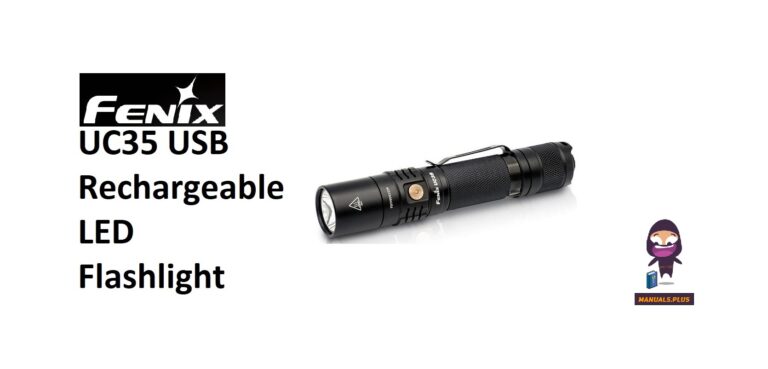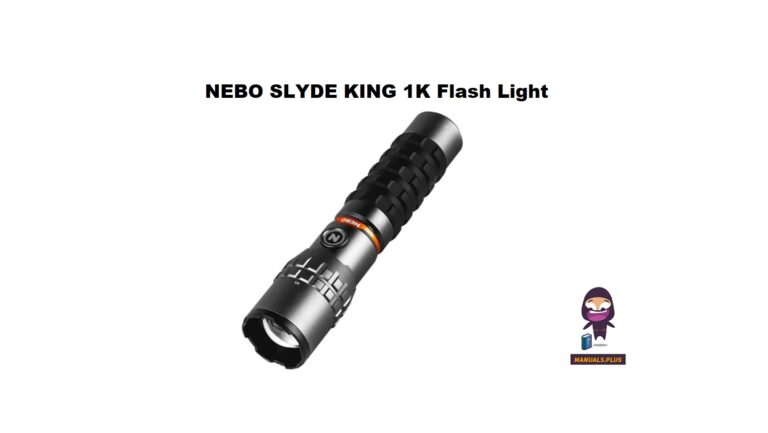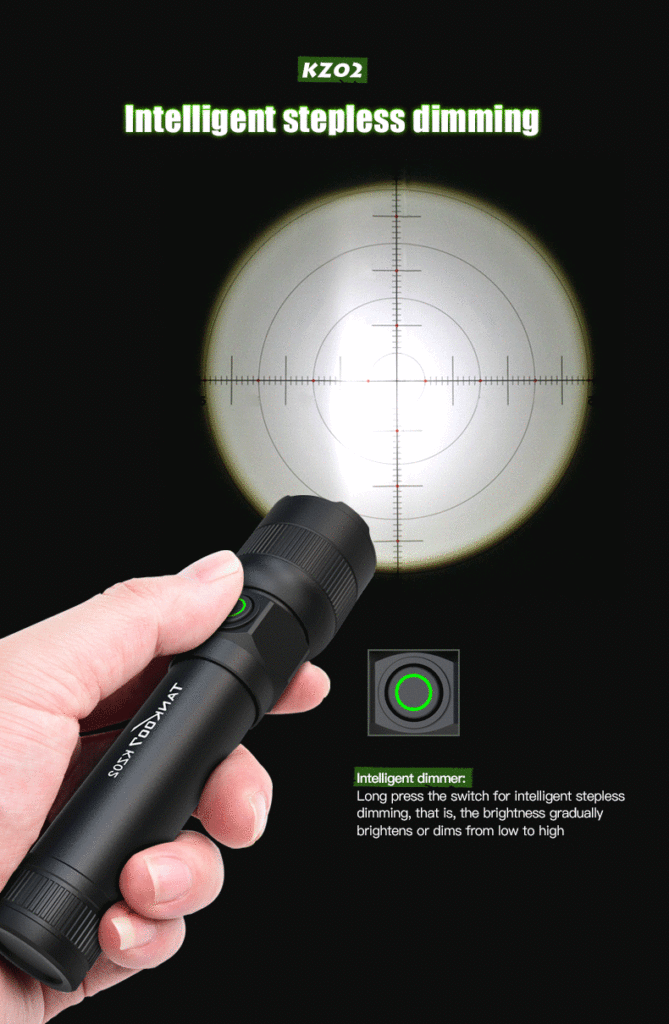Why Military Use Red Flashlights for Enhanced Night Vision
In military operations, maintaining night vision is crucial for success and safety. This article explores why red flashlights are the preferred choice for military personnel.
Unlike white light, which can disrupt night vision and alert potential threats, red light offers a unique advantage. It preserves the eye’s natural adaptation to darkness, allowing soldiers to see better in low-light conditions without compromising their stealth.
We will delve into the science behind red light, its practical applications in military operations, and the technology behind red flashlights that make them indispensable for night-time missions.
Table of Contents
- The Science Behind Red Light and Night Vision
- Advantages of Using Red Flashlights in Military Operations
- Historical Context of Military Flashlights
- Practical Applications of Red Flashlights in the Field
- Technical Features of Military-Grade Red Flashlights
- The Future of Military Lighting Technology
- FAQ
- Conclusion
The Science Behind Red Light and Night Vision
Understanding how the human eye adapts to darkness is essential for grasping the advantages of red light. Our eyes contain two types of photoreceptors: rods and cones.
Rods are sensitive to low light, while cones function in brighter environments and are responsible for color vision. In low-light conditions, rods become highly active, allowing us to detect shapes and movement effectively.
Understanding Rods and Cones
Rods are more numerous than cones, with approximately 120 million rods compared to 6 million cones in a human eye. Rods are most sensitive to wavelengths around 498 nm, while cones are sensitive to red (around 564 nm), green (around 534 nm), and blue (around 437 nm).
This difference in sensitivity explains why bright white light can temporarily blind a person and disrupt night vision.
The Process of Dark Adaptation
Dark adaptation is the process by which our eyes adjust to low light. This involves two main factors: the dilation of pupils to allow more light in and the regeneration of visual pigments like rhodopsin in the rods.
After moving from a brightly lit area to a dark one, it can take 20 to 45 minutes for rods to fully adapt, becoming significantly more sensitive to light. During this time, exposure to bright lights can reset the adaptation process, making it challenging to regain night vision.
Wavelengths and Their Effects on Vision
Red light, with wavelengths typically ranging from 620 to 750 nm, is less likely to trigger rods and disrupt dark adaptation. This makes red light particularly valuable in military operations, where maintaining night vision is essential for stealth and situational awareness.
By using red flashlights, soldiers can illuminate their immediate surroundings without significantly impairing their ability to see in the dark.
Advantages of Using Red Flashlights in Military Operations
The advantages of red flashlights in military contexts are numerous and critical to operational success. From enhancing stealth to preserving night vision, the benefits of using red light cannot be overstated.
Stealth and Concealment
Red light significantly reduces the risk of detection by enemies compared to white light. The longer wavelength of red light does not travel as far, making it less conspicuous at greater distances.
This property is especially useful in tactical situations, where maintaining a low profile can be the difference between success and failure. Using red light allows military personnel to perform tasks without revealing their position.
Eye Safety and Comfort
In addition to stealth, red light helps reduce eye strain. When soldiers work in low-light environments with white light, they often experience discomfort and reduced visual acuity afterward.
Red light minimizes these issues, allowing for extended periods of reading maps, checking equipment, or navigating without the risk of fatigue that comes from brighter lights. This comfort is essential during prolonged nighttime operations.
Versatility in Combat Scenarios
Red flashlights are incredibly versatile, serving multiple functions in various combat scenarios. Whether used for navigation, signaling, or operational tasks, red light provides a reliable means of illumination without compromising night vision.
A study indicated that military operations incorporating red light improved task performance without sacrificing stealth. This versatility is crucial for maintaining effectiveness in diverse environments.
| Advantage | Description |
|---|---|
| Stealth | Red light reduces visibility to enemies, enhancing concealment. |
| Eye Safety | Minimizes eye strain and discomfort compared to white light. |
| Versatility | Effective for navigation, signaling, and various operational tasks. |
The table above summarizes the key advantages of using red flashlights in military operations. Stealth is paramount, as red light allows troops to navigate and operate in the dark without giving away their presence.
Eye safety is another critical factor, as prolonged exposure to white light can lead to discomfort and decreased visual effectiveness. Lastly, the versatility of red flashlights means they can be used for various purposes, enhancing their value in the field.
Historical Context of Military Flashlights
The evolution of flashlights in military use dates back to the early 20th century, with significant advancements occurring during both World Wars. Initially, military personnel relied on basic lanterns and candles, which were inadequate for the demands of combat.
Development through the 20th Century
By World War I, the British military began utilizing what were known as “trench torches.” These devices were designed to provide light in the trenches without attracting enemy fire. The early models were bulky and often unreliable, but they laid the groundwork for more sophisticated designs.
Notable Military Flashlight Models
As technology advanced, so did military flashlights. The U.S.
Army introduced the angle-head flashlight (TL-122) during World War II, featuring a design that allowed soldiers to carry it hands-free while performing other tasks. This model was equipped with colored filters, including red, for map reading and maintaining night vision.
The design continued to evolve, with modern models integrating LED technology and enhanced durability for extreme conditions.
| Year | Model | Features |
|---|---|---|
| WWI | Trench Torch | Basic illumination for trenches |
| WWII | TL-122 | Angle-head design with colored filters |
| Modern Era | LED Tactical Flashlights | Durable, waterproof, and high lumens |
The historical context of military flashlights highlights the evolution of design and functionality over time. From the basic trench torches of WWI to the advanced LED tactical flashlights in use today, each model reflects the changing needs and challenges faced by military personnel.
The TL-122 angle-head flashlight set a standard with its hands-free design, which is still relevant in modern military operations.
Practical Applications of Red Flashlights in the Field
Red flashlights have several practical applications in military settings, where their unique properties enhance operational effectiveness during nighttime missions.
Navigation and Map Reading
In low-light environments, red light is ideal for reading maps and navigating. It allows soldiers to see important details without compromising their night vision.
The softer illumination from red light reduces glare and allows for quick adjustments between light and dark, which is essential in tactical situations.
Signaling and Communication
Red light can also be employed for signaling between troops without alerting potential threats. Utilizing red flashlights with specific patterns can convey messages effectively while maintaining stealth.
This functionality is crucial during covert operations where maintaining silence and invisibility is paramount.
Equipment Inspection
Military personnel often need to inspect weapons and equipment in the dark. Red flashlights enable them to do so without disturbing their night vision.
This capability ensures that soldiers can quickly assess their gear while remaining aware of their surroundings.
| Application | Description |
|---|---|
| Navigation | Red light aids in map reading and orientation in the dark. |
| Signaling | Effective for covert communication without revealing position. |
| Equipment Inspection | Allows for checking gear without losing night vision. |
The table above highlights the practical applications of red flashlights in military operations. Each application demonstrates how red light enhances operational effectiveness, whether navigating in the dark, signaling between troops, or inspecting equipment.
The unique properties of red light enable soldiers to perform critical tasks without sacrificing their night vision or stealth in sensitive situations.
Technical Features of Military-Grade Red Flashlights
Military-grade red flashlights are engineered to withstand the rigors of combat while providing optimal performance in low-light conditions.
Battery Technology and Lifespan
Modern military flashlights often utilize advanced battery technology, such as lithium-ion batteries, which offer longer lifespans and quick recharge capabilities. Many models are designed to last for extended periods on a single charge, ensuring reliability in the field.
Brightness and Intensity Settings
Military flashlights typically feature multiple brightness settings, allowing users to adjust the intensity based on their needs. This adjustability is crucial when transitioning between different operational tasks, as it enables soldiers to select the appropriate light output without compromising their night vision.
Durability and Weather Resistance
Durability is a hallmark of military-grade flashlights. Constructed from robust materials, these flashlights are often shockproof, waterproof, and impact-resistant.
This durability ensures that they can withstand harsh environmental conditions, making them reliable tools for soldiers in various situations.
| Feature | Military Grade | Civilian Grade |
|---|---|---|
| Battery Lifespan | Long-lasting, quick charge | Standard, varies by brand |
| Brightness Settings | Adjustable intensity | Fixed or limited options |
| Durability | Shockproof, waterproof | Standard, less rugged |
The table compares technical features of military-grade red flashlights with civilian models. The military-grade flashlights excel in battery lifespan, brightness settings, and durability, making them indispensable tools in combat environments.
In contrast, civilian models may not offer the same level of performance or reliability, underscoring the importance of choosing the right flashlight for specific applications.
The Future of Military Lighting Technology
As technology continues to advance, military lighting solutions are expected to become even more specialized and effective for night operations.
Emerging Technologies
Innovations in LED technology are paving the way for brighter, more energy-efficient flashlights. Future models may incorporate smart features, such as connectivity with other tactical gear and real-time data sharing, enhancing situational awareness for soldiers in the field.
Integration with Other Tactical Gear
The integration of lighting technology with other tactical equipment will likely increase. For instance, flashlights may be designed to attach seamlessly to weapons or helmets, providing hands-free illumination during operations.
This integration can enhance functionality and versatility, allowing soldiers to operate more effectively in challenging environments.
| Trend | Description |
|---|---|
| Smart Features | Connectivity for enhanced situational awareness |
| Integration | Seamless attachment to tactical gear |
The table above outlines potential trends in military lighting technology. The emergence of smart features and improved integration with tactical gear will greatly enhance the effectiveness of military flashlights.
As these technologies develop, we can expect to see significant improvements in operational capabilities for military personnel, allowing for better performance in low-light conditions.
FAQ
Why is red light preferable for maintaining night vision during military operations?
Red light is preferable because it has minimal impact on the rods in our eyes, which are responsible for night vision. Unlike white light, which can disrupt the dark adaptation process and impair visibility, red light allows soldiers to see effectively in low-light conditions without significantly compromising their capability to detect movement or changes in their environment.
How do red flashlights reduce eye strain compared to white light?
Red flashlights emit a softer, more gentle light that reduces glare and discomfort often associated with brighter white lights. This lower intensity helps maintain the eyes’ natural adaptation to darkness, allowing for extended use without causing fatigue or strain, making them ideal for prolonged nighttime operations.
What are the key features to look for in a military-grade flashlight?
When selecting a military-grade flashlight, important features include durability (shockproof and waterproof), multiple brightness settings for versatility, long battery life for extended operations, and compatibility with other tactical gear. These characteristics ensure reliability and effectiveness in challenging environments.
Can red flashlights be used effectively in non-military settings?
Yes, red flashlights are beneficial in various non-military settings, including camping, hiking, and astronomy. They provide adequate illumination without disturbing wildlife or other people, and they help maintain night vision while reading maps or checking equipment in the dark.
How does the use of red light impact the effectiveness of night vision devices?
While red light is advantageous for preserving natural night vision, it can potentially overload night vision devices if the intensity is too high. For optimal use, the red light should be dim enough to avoid disrupting the device’s functionality while still providing sufficient illumination for the user.
Conclusion
In conclusion, red flashlights have become an essential tool for military operations due to their unique ability to preserve night vision while providing adequate illumination. Their advantages in stealth, safety, and functionality cannot be overstated.
As technology continues to advance, the potential for even more effective lighting solutions will further enhance military capabilities. Understanding the benefits and mechanisms of red flashlights not only highlights their importance in the field but also underscores the ongoing evolution of tactical equipment designed for modern warfare.







